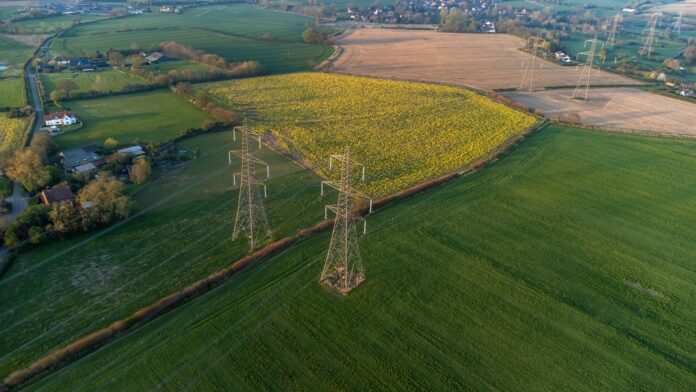The Luzon grid was placed under yellow alert at 1 p.m. Wednesday as two coal-fired power plants broke off line.
The National Grid Corporation of the Philippines (NGCP) said both the 600-megawatt (MW) unit 2 of the Sual and the 725-MW unit 2 of GNPower Dinginin power plants sustained boiler tube leaks.
The yellow alert was raised over the Luzon grid from 2 p.m. to 4 p.m. and from 5 p.m. to 10 p.m. as 22 power plant units were compelled to de-rate or on forced outage. This made unavailable 3,017.9 megawatts worth of electricity in the grid and the third time the yellow alert was raised in July.
According to the NGCP, the available capacity in the Luzon grid was only 12,969 MW against peak demand of 11,768 MW.
Against this background, the Department of Energy (DOE), the Task Force on Energy Resiliency and the United States Agency for International Development-Energy Secure Philippines, launched the Energy Resiliency Scorecard (ERS) that will serve as a benchmark for measuring energy resilience.
The ERS is a self-assessment tool designed to evaluate the energy facilities’ readiness to prepare for, withstand, and recover from natural or human-induced disruptions across various pillars including infrastructure strengthening, systems, disaster risk financing and insurance, stockpiling, response, rehabilitation, and cyber resilience.
“With the ERS, energy facilities can determine their resilience levels and identify areas for improvement by applying scores to standardized criteria and indices… This tool helps facilities identify strengths, pinpoint gaps and prioritize improvements to achieve greater energy resilience,” said Energy Undersecretary Felix William Fuentebella.







